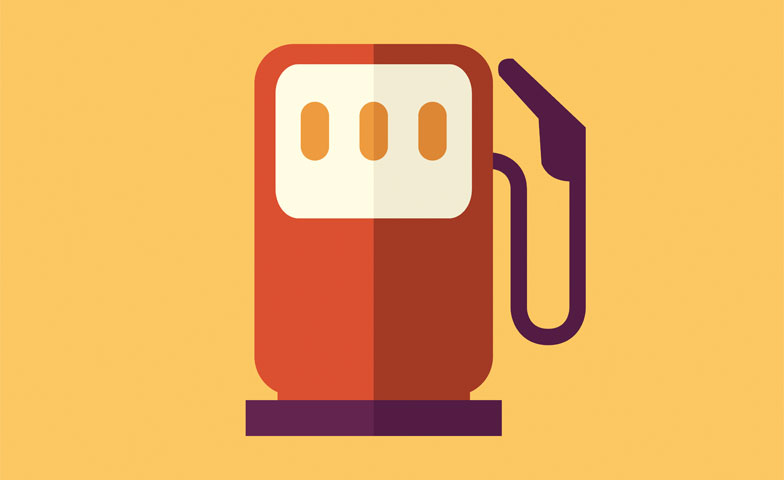Teaching and learning in diverse ways.
In order to uphold this responsibility, teachers investigate and analyze students’ written work, verbal responses, and participation in classroom life. Teachers often witness students who struggle and become frustrated during the learning process yet, frustration is a part of cognitive development. There are many sources that cause frustrations, and one source may be the teacher.
Unfortunately, many teachers view students as a data set. We need to become experts at turning that data set into a learning plan for success for each student. Where do we make the time to help all students based on their needs? How do we transform perspectives and mindsets to embrace frustration? Differentiating learning experiences is one way toward aligning instruction with students’ needs and interests.
What is differentiation and how can I make it work in my classroom? In order to address differentiation in the classroom Hall, Strangman, and Meyer (2004) state, “The model of differentiated instruction requires teachers to be flexible in their approach to teaching and adjust the curriculum and presentation of information to learners rather than expecting students to modify themselves for the curriculum.” The key word is flexible. Education is an ever-changing area in our society. Classrooms of today are vastly different from those of 10 years ago; we can only imagine the world in which we will live in 10 years. For many, these continual changes are overwhelming. Our students need to develop skills not just to survive in the world, they need the skills necessary to THRIVE!
As teachers, we need to evolve as our students evolve. There is no magic lesson that will work the same way, year after year, using the same resources. That filing cabinet that holds the same lessons, PowerPoints, organizers need to be revolving doors that is constantly modified and adjusted to reflect the diverse needs and interests your students. The way a learning experience is facilitated in one class, may need to be modified for another. Knowing when and how to modify experiences requires flexibility and knowing your students.
Teachers want to support students as they develop the ability to think, create, innovate, reflect, and contribute to the world around them. Providing them with opportunities to develop such skills and dispositions is essential. Meeting each learner on their level through differentiation provides teachers with a way to accomplish this. Let’s put it in terms of going on an adventure:
1. Examine the destination
Before you begin a trip, you determine your end point. This is also true for teaching and learning in that we need to envision what we want students to be able to know, do, and be as a result of learning experiences. As the teacher, or facilitator of learning, you are the co-driver on this journey. A teacher also helps navigate and support students during their journey. As you consider your end point, you also analyze the different paths you and the students may take.
2. Map out the journey
As the navigator you have the ability to see the big picture. You can see the road map in front of you. Looking at the possible paths you can take the driver (student), is where the differentiation is brought into the picture. While there is one destination, not every driver will take the same path. You may have some drivers who will take the shortest path, and need extension activities to further their trip while they are waiting for their friends to arrive. You will have some drivers who may have car trouble and need pit stops for tune-ups and repairs. A teacher needs to take into account many variables to determine how she can assist students in getting back on the road quickly and safely. Teachers must to take into account students’ prior knowledge and experiences, assets, and needs in order for every driver to arrive at the destination.
3. Fuel up the Car
Cars require fuel in order to perform. Igniting students’ passion and filling their “think tank” is as crucial as mapping out the journey. In order for students to take charge of their learning, (or control of the steering wheel) they need to know their navigator is right beside them through this journey and they are never going to be stranded or left in the dust. If a student feels defeated before he begins, why would he even want to start the journey? Ask yourself whether or not the student is prepared and excited about the trip. If the response is no, return to mapping to determine what this student needs in order to begin the journey.
4. Enjoy the Ride
The main thing to remember during the ride is to expect the unexpected and be flexible. You will likely encounter “teachable moments” disguised as detours or roadblocks or you may discover a new pathway. Be flexible; not everything on the journey is going to go as planned; it is important the driver doesn’t perceive the roadblock as an end to the journey. Use challenges as opportunities to enhance students’ abilities to problem solve.
Through differentiating your instruction, you will likely close the gap between frustration and success as well as provide opportunities to grow as a learner for both yourself and your students. You will shift from being the water that was putting out the fire for learning, to the match that ignites it! So buckle up, the road to student success is a windy one.
References
Hall, T., Strangman, N., & Meyer, A. (2004). Differentiated Instruction and Implications for UDL Implementation. National Center on Assessing the General Curriculum: Effective Classroom Practices Report.
